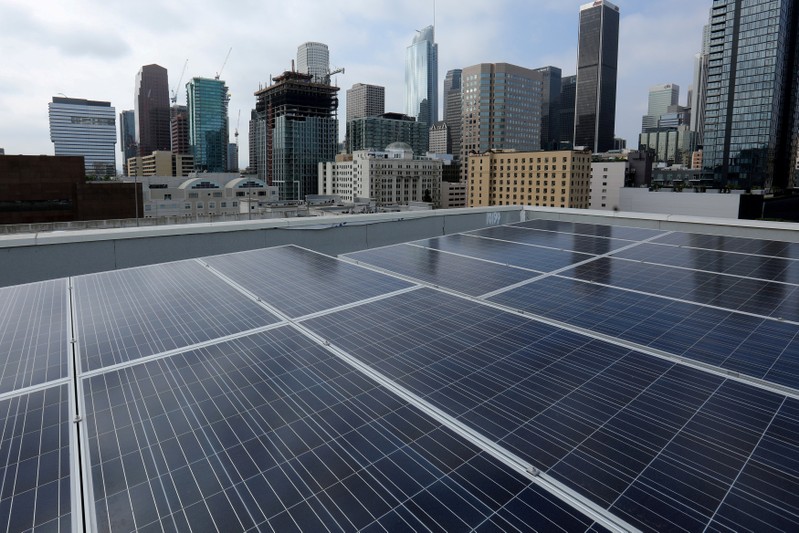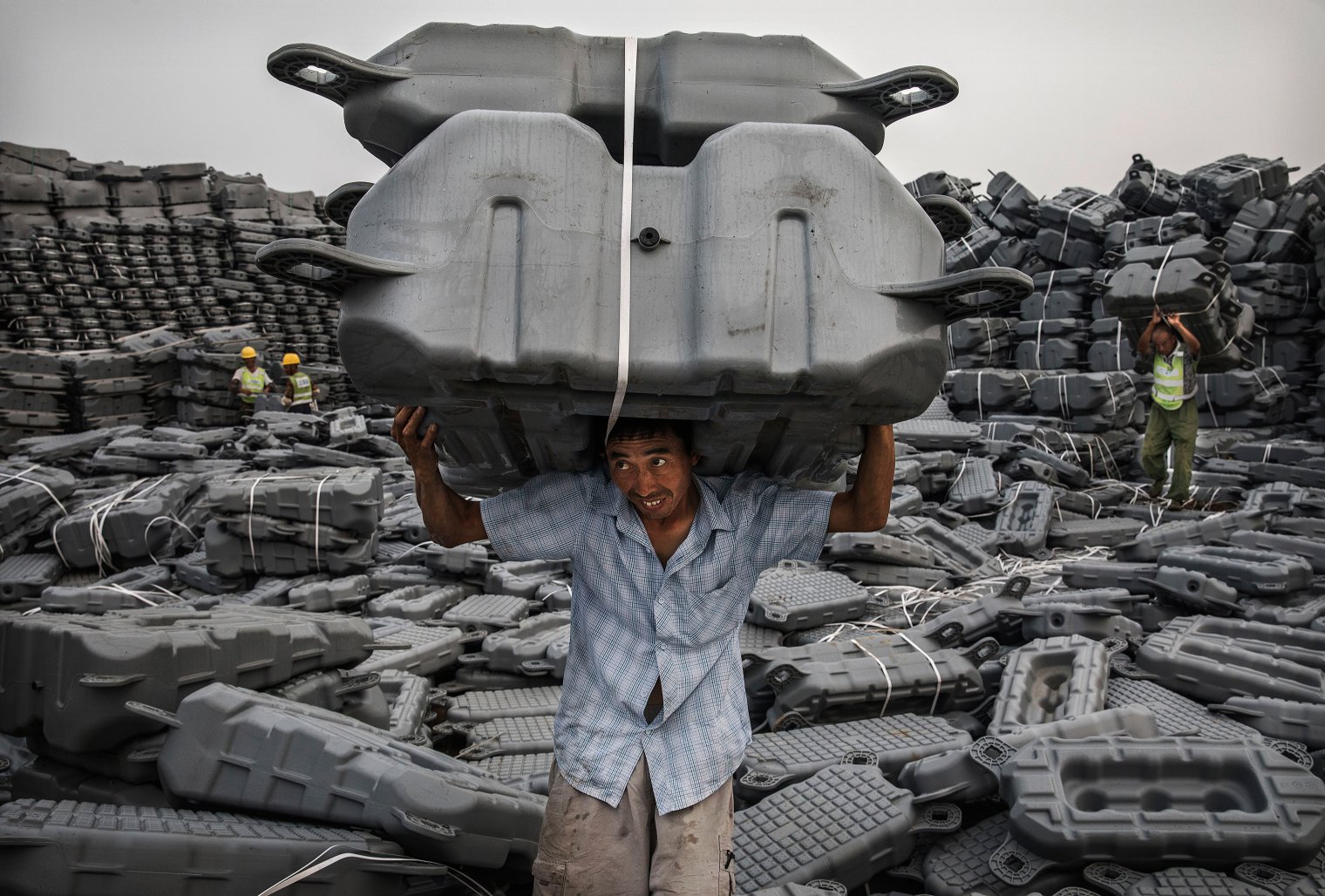China has some of the worst air pollution in the world. In several cities, thick layers of smog are common, resulting in thousands of deaths every year.
According to multiple studies, the top contributor of air pollution-related deaths in China is coal.
To improve the country’s air quality, the Chinese government vows to spend at least $360 billion on clean energy projects and create 13 million new renewable energy jobs by 2020.
China’s latest energy megaprojects – two giant solar farms in Anhui, one of which will go online in May – could get the country closer to that goal.
Take a look below.
Due to rising concerns surrounding air pollution-related deaths, China is trying to invest more heavily in renewable energy projects.
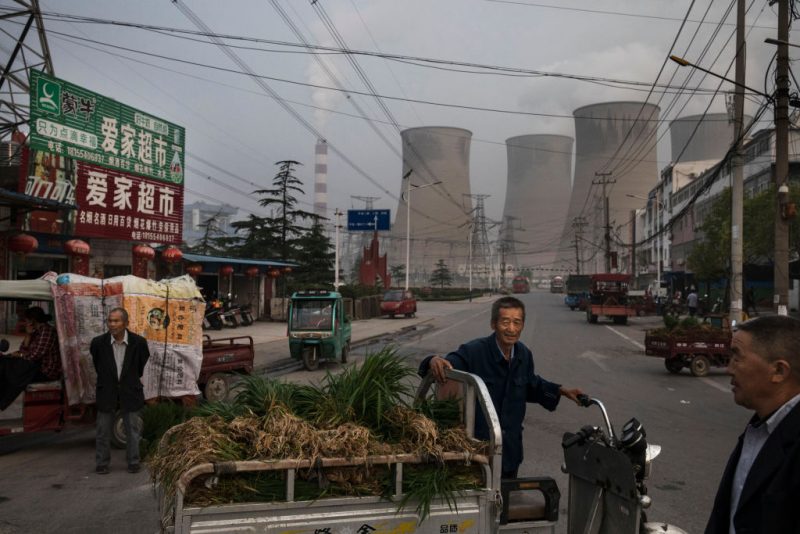
According to a recent study, pollution from coal caused 366,000 premature deaths in 2013 in China.
In late 2017, the country built a massive floating solar farm on top of a former coal mine that had collapsed and flooded.

Last May, workers turned on the 166,000-panel array, which can generate 40 megawatts of power — enough to accommodate 15,000 homes.
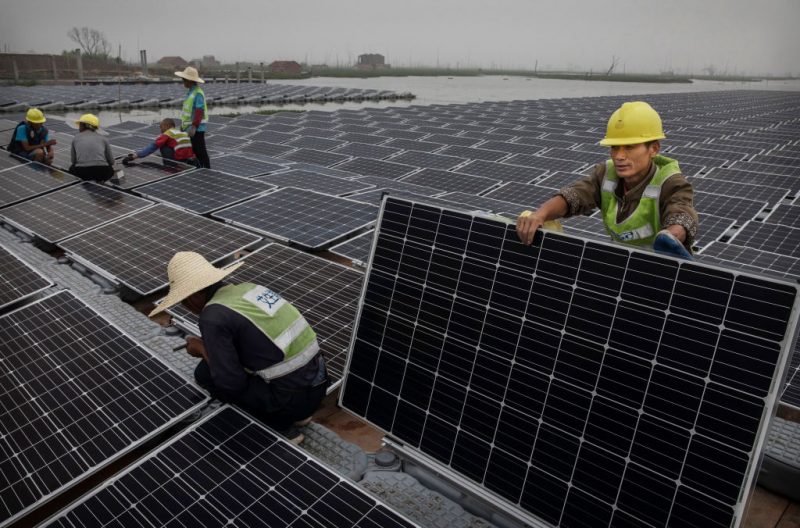
Source: The South China Morning Post
It's currently the world's largest floating solar project and will operate for up to 25 years.

Local energy company Sungrow Power Supply developed the farm on a lake that was once the site of extensive coal mining.
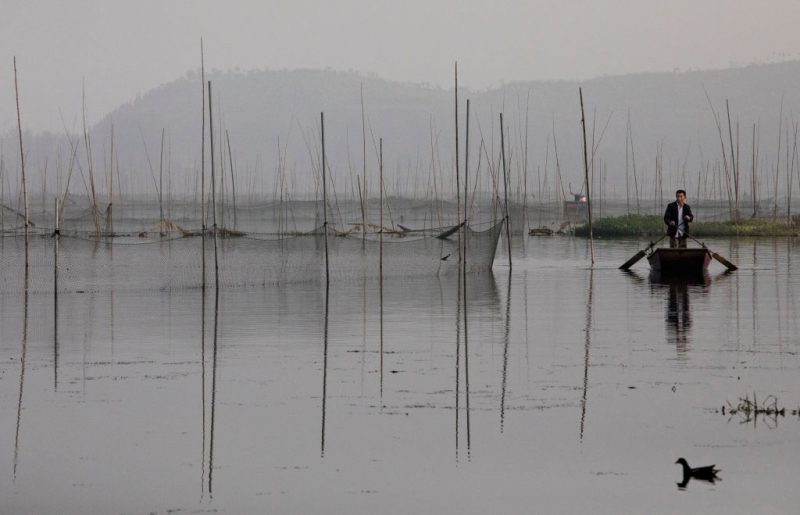
After an explosion caused the mine to collapse, a lake formed and flooded it.
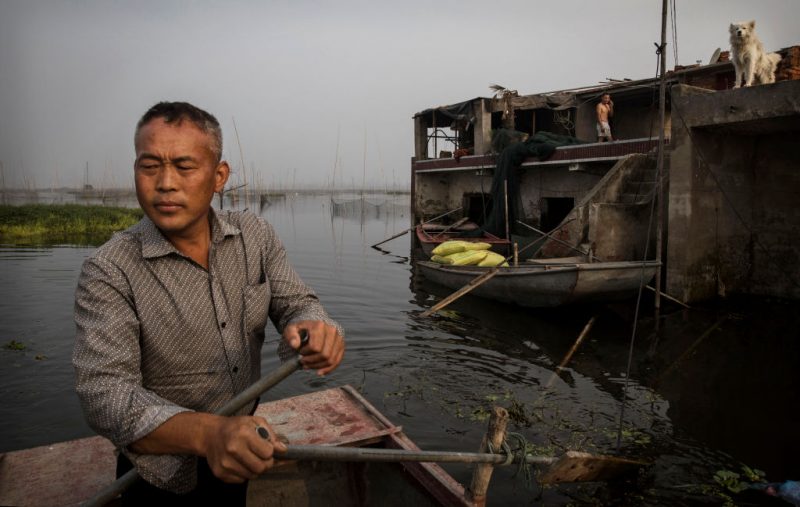
As The Guardian notes, building solar plants on top of lakes and reservoirs can protect agricultural land and wildlife on the ground.
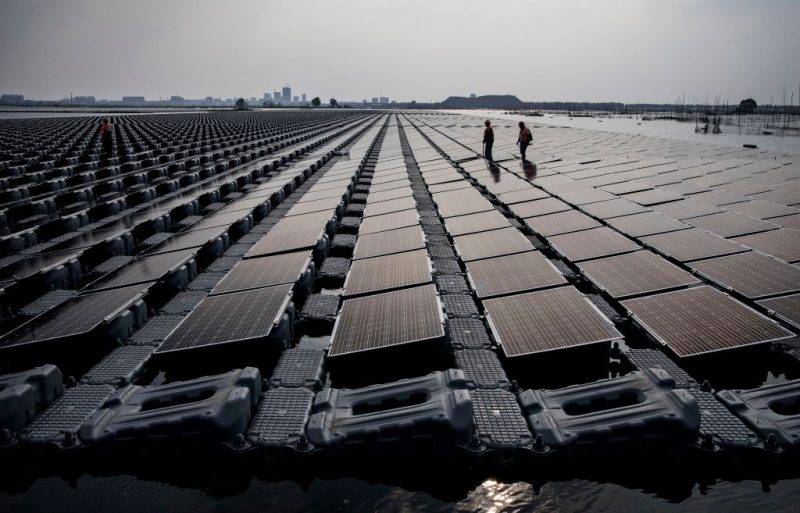
Source: The Guardian
The water also cools the solar panels, helping them work more efficiently.

Floating solar farms use flotation devices, seen below, which help it stay above water.
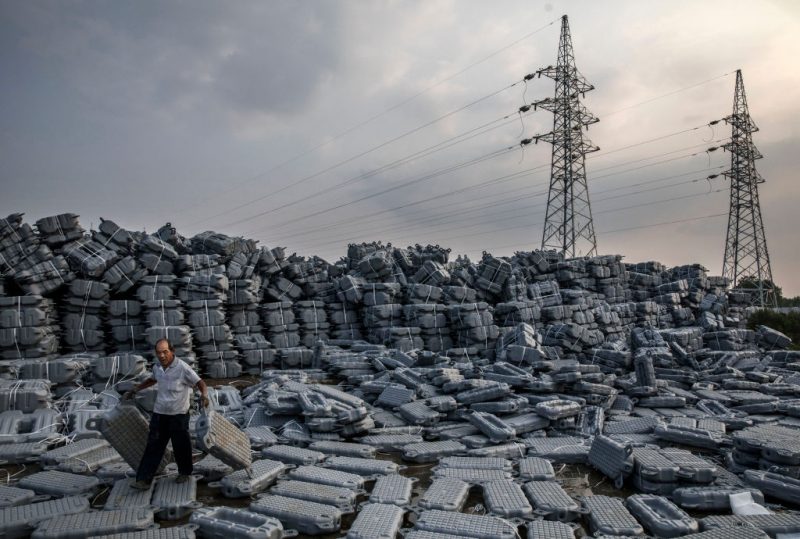
In December, a unit of China's Three Gorges Corp. started building an even larger floating solar farm.
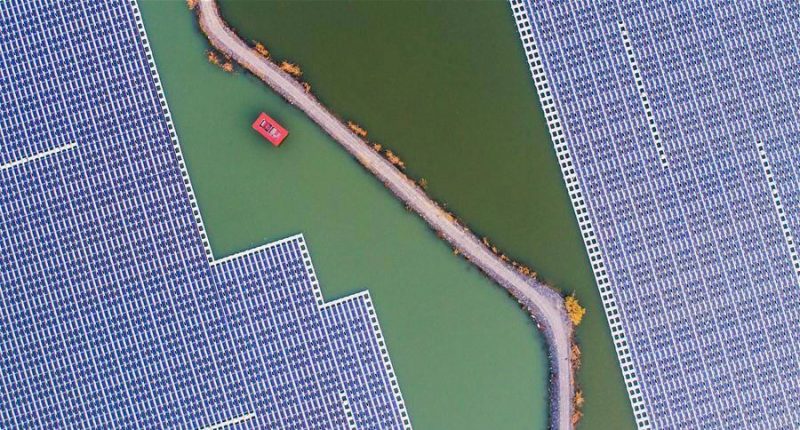
Also in Anhui, this $151 million plant will produce up to 150 megawatts of power for approximately 94,000 homes.
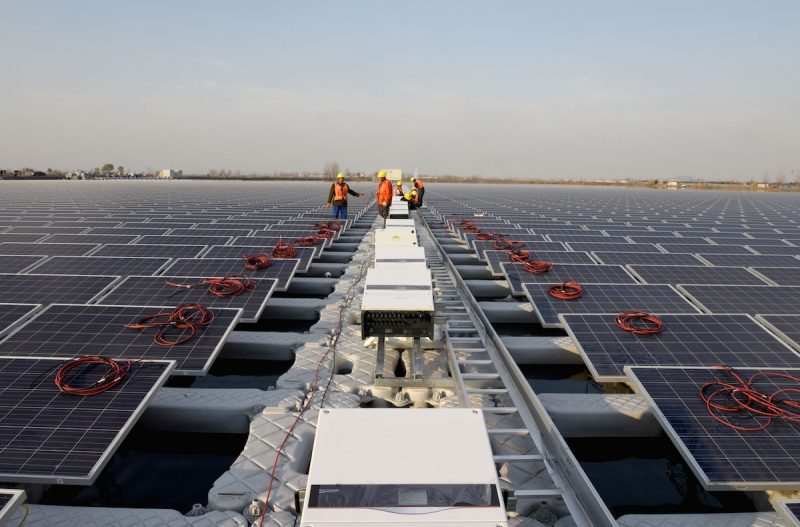
The new farm is expected to come online by May 2018.
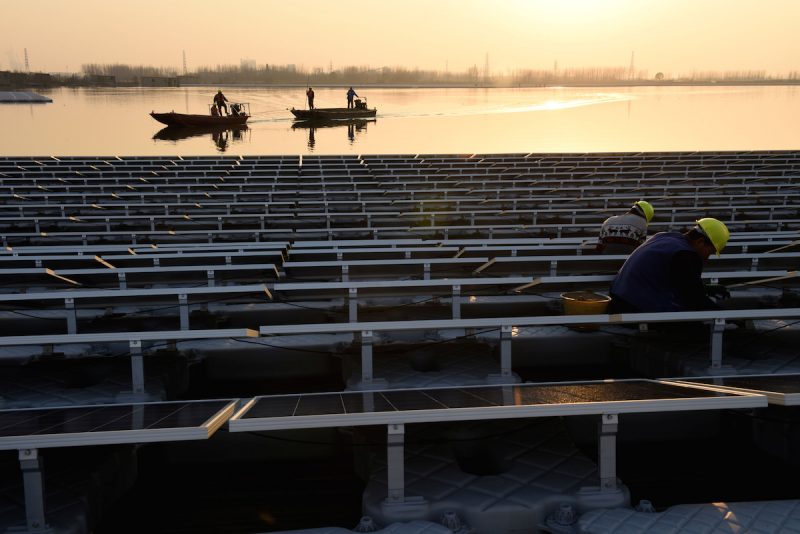
This year marks China's fourth anniversary since it started a "war on pollution," and there's reason to believe the country is making headway.
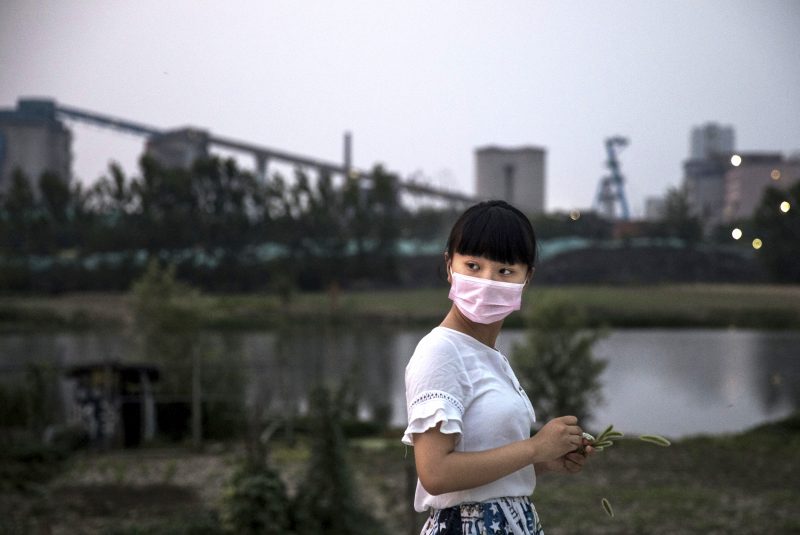
Looking at over 200 monitors throughout China, a new analysis found that Chinese cities have cut concentrations of fine particulates — often considered the deadliest type of pollution — by 32% on average since 2013.

The city of Xingtai saw the largest pollution decline at 52.2%.
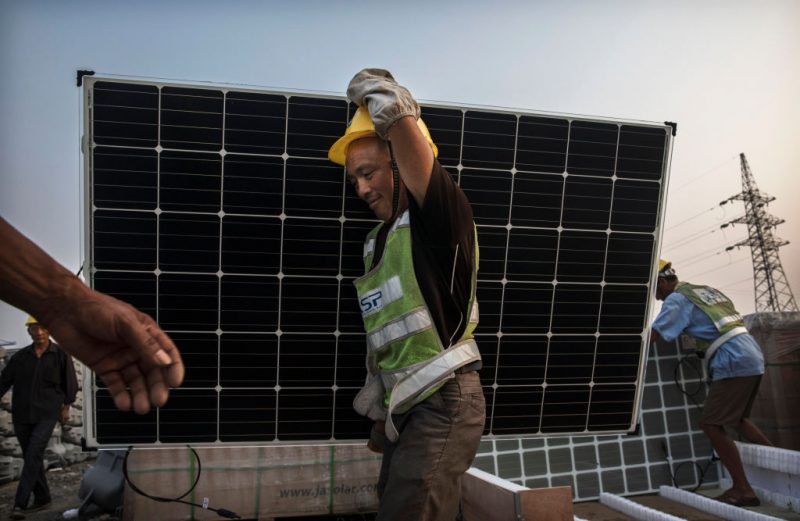
If China sustains these reductions, the average resident could see their lifespan extend by 2.4 years, according to researchers.
China is already one of the world's biggest investors in alternative energy sources like solar, wind, and hydropower.
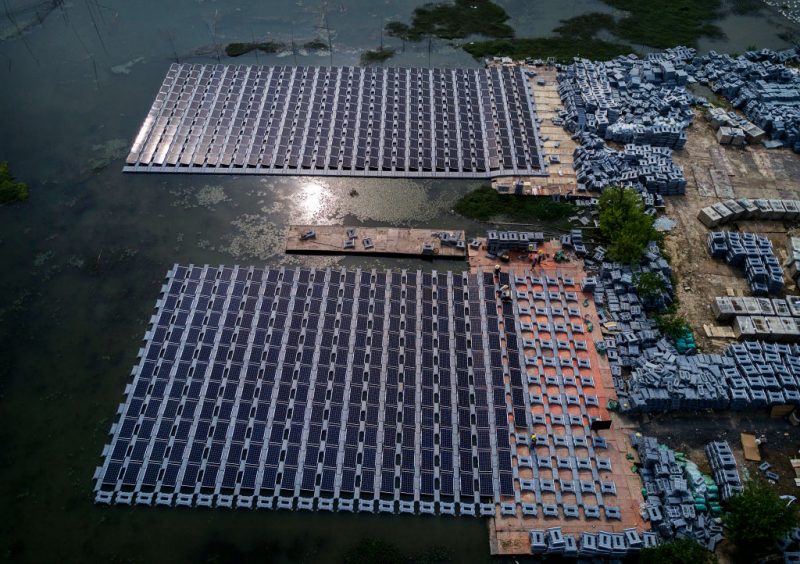
Source: The Guardian
The two new solar farms signal the slow decline of fossil fuels like coal in China and other countries around the world.
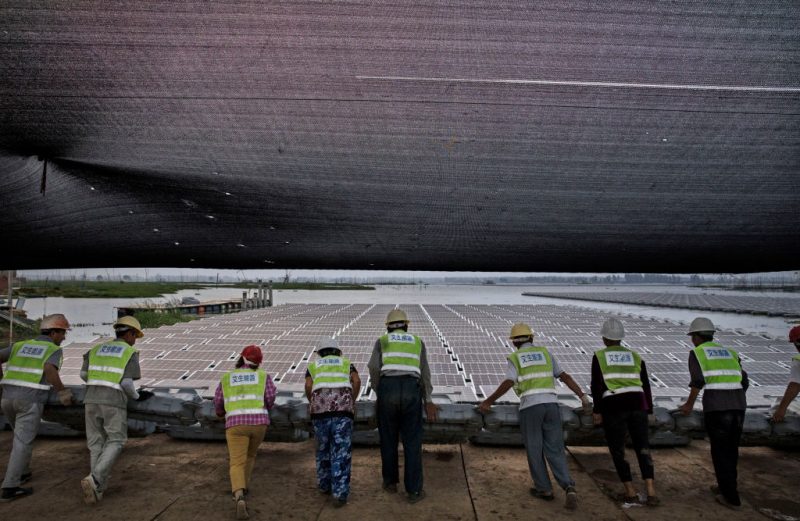
In 2015, Sweden started to phase out its fossil fuel usage and bolster investment in solar, wind, smart grids, and cleaner transport. That same year, Nicaragua pledged to increase its share of renewable energy from 53% to 90% by 2020.
China is one of the biggest countries to make a significant move away from coal. Last year, the country cancelled 104 new coal plants that were in development across 13 provinces.
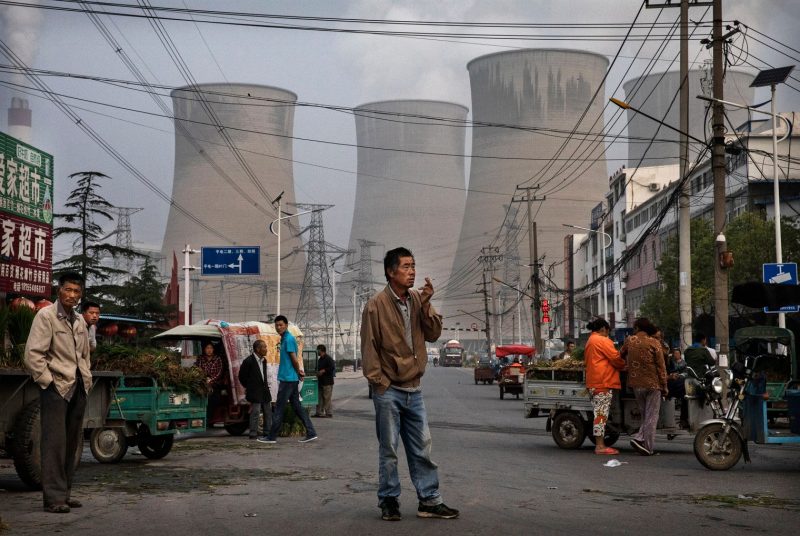
Although the US relies less on fossil fuels in 2018 than it did a decade ago, President Donald Trump has promised to boost the country's struggling coal industry.
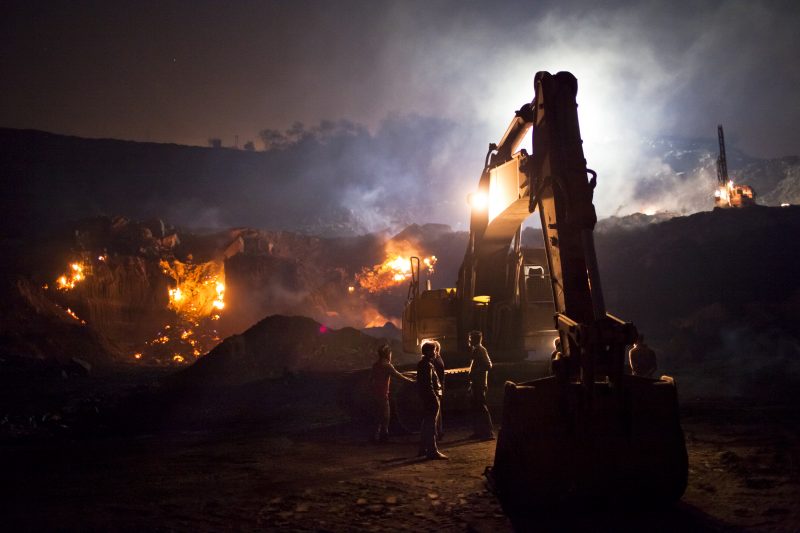
In mid-January, Trump announced that the US will administer a 30% tariff on imported solar panels, which will fall to about 15% over a period of four years. Part of his "America First" platform, the tariff could hurt the solar industry in the US.
Today, coal still accounts for over 40% of the world's electricity production. But within 10 years, energy experts forecast that coal will peak and then fall.
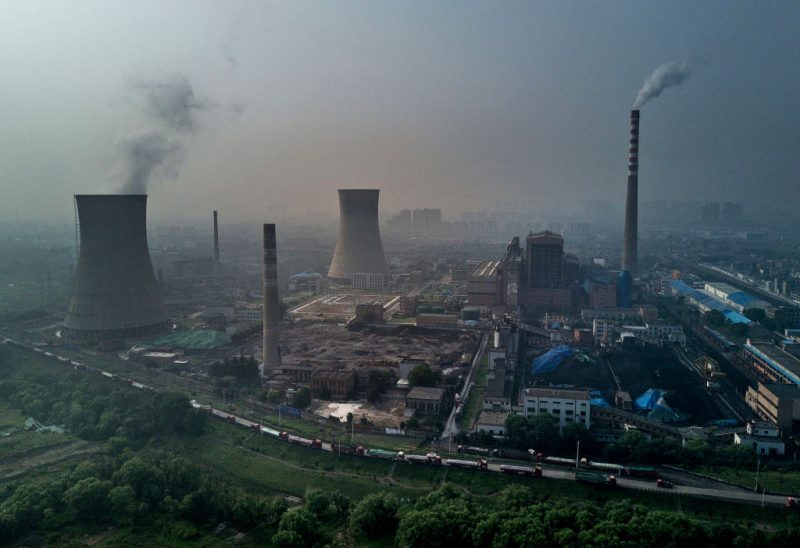
At the same time, cleaner sources, like solar and wind, will become cheap enough to surpass it.
